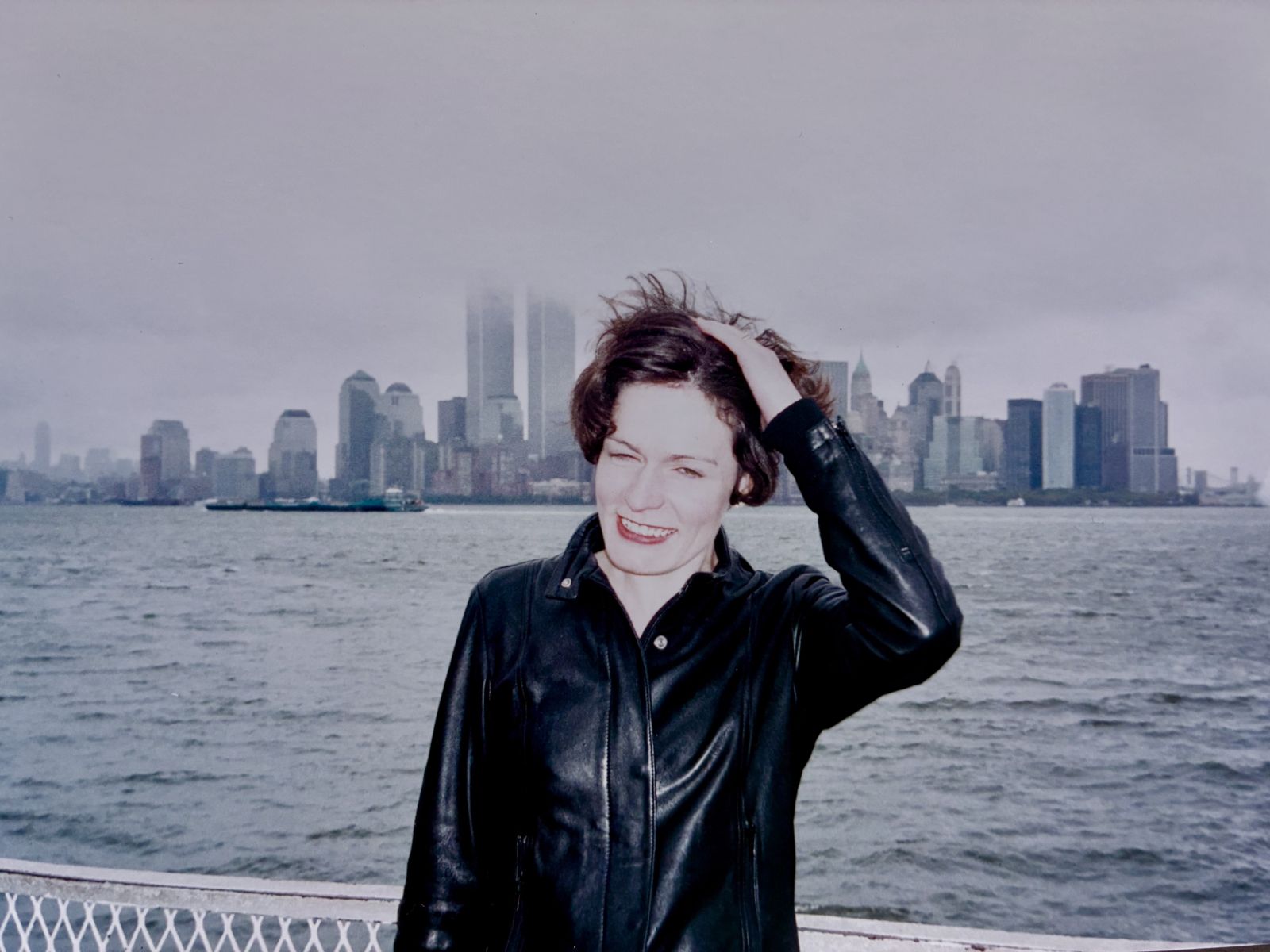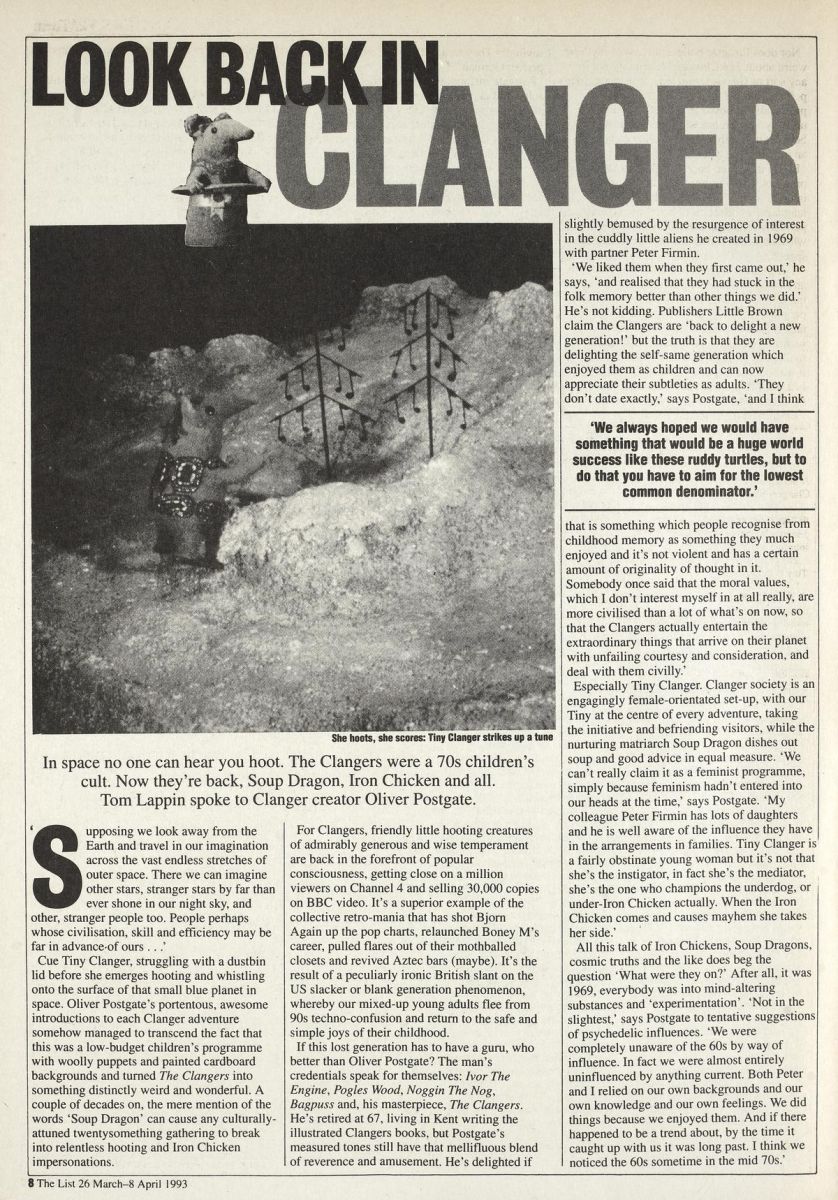The List at 40: Kathleen Morgan (editor 1995–1998) – 'The hotel suites were tasteful, but his existence was suffocating'
Our editor from 1995–1998 remembers an extraordinary encounter with exiled writer Salman Rushdie

The List to me is more than a magazine. It is a chapter of my life I’ll never forget, a doorway into the worlds of art, music, books, film, theatre… and Festival parties. To say I felt like an imposter when I joined its staff in 1994 is an understatement. I confess: I stared at Kylie and Jarvis Cocker while skulking at the back of an Edinburgh International Film Festival party. And I went weak-kneed next to Alan Rickman, dressed in black and wearing that lip curl he perfected as the Sheriff Of Nottingham in Robin Hood: Prince Of Thieves.
One memory for me, though, lingers more than most, and opened up a world I was privileged to write about. It began with a taxi ride in the summer of 1995. The cab driver knew the destination, but not the reason for our trip. I knew the ‘why’ but not the ‘where’. As we drove through London, my stomach churned. I’d managed to secure an interview with the Booker Prize-winning author Salman Rushdie, who had been in hiding following the fatwa issued in 1989 by the then-leader of Iran, Ayatollah Khomeini. The fatwa had condemned the Indian-born British writer to death after the publication of his 1988 novel The Satanic Verses, perceived as blasphemous by some in the Islamic world.
As an assistant editor of The List, I was being taken to meet Rushdie in an anonymous hotel suite somewhere in the capital, accompanied by security and his publicist. Having jumped through the required hoops, including being frisked, I was greeted by a gracious man with a disarming smile. Rushdie was excited about the publication of his fifth book, The Moor’s Last Sigh, and keen to speak to journalists about it. He also patiently answered questions about his effective imprisonment and exile from India. The hotel suites were tasteful, but his existence was suffocating.
During our interview, Rushdie appeared optimistic he would leave the fear and the fatwa behind, convinced his books would do the speaking for him. It was to take years for him to gradually come out of hiding after Iran’s government declared in 1997 it would no longer enforce the fatwa.
Three decades on, Rushdie’s interviewers now ask him about the 2022 attack on a New York lecture stage during which he was stabbed 15 times and lost his sight in one eye. He had been due to give a talk about freedom of speech. I will always be grateful to this titan of a writer who forgave me for what must have been a faltering interview in intimidating circumstances for us both. I was just one of a line of journalists he trusted with his story that day.
It was a woad-wearing Mel Gibson, rather than Rushdie, who made the cover of that issue in September 1995. My editor Lila Rawlings had interviewed Gibson before the European premiere in Stirling of his blockbuster film Braveheart. But bravery comes in many forms, sometimes far from the red carpet.
Kathleen Morgan was editor of The List from 1995–1998, and went on to edit The Herald Magazine and Sunday Herald Magazine; she is now a group editor at Think, where she looks after titles such as the RPS Journal for the Royal Photographic Society.
Classic feature of the 1990s
The Clangers (26 March 1993)

Tom Lappin was one of our lead feature writers in the early 90s and he suggested a cover feature on the resurgence of interest in the classic 60s TV series The Clangers. Tom tracked down Oliver Postgate, creator of the little hooting creatures, and discovered how their world emerged. Julie Burchill and Toby Young, editors of the super-cool voice of the avant-garde, The Modern Review, saw the article and bought the rights to republish it. (Robin Hodge)
Follow The List’s timeline for more reminiscences from magazine’s past:
< The List at 40: Carol Main (writer) – ‘More fun and personable than today’s solitary pressing send on an email’
> The List at 40: They Said What?!